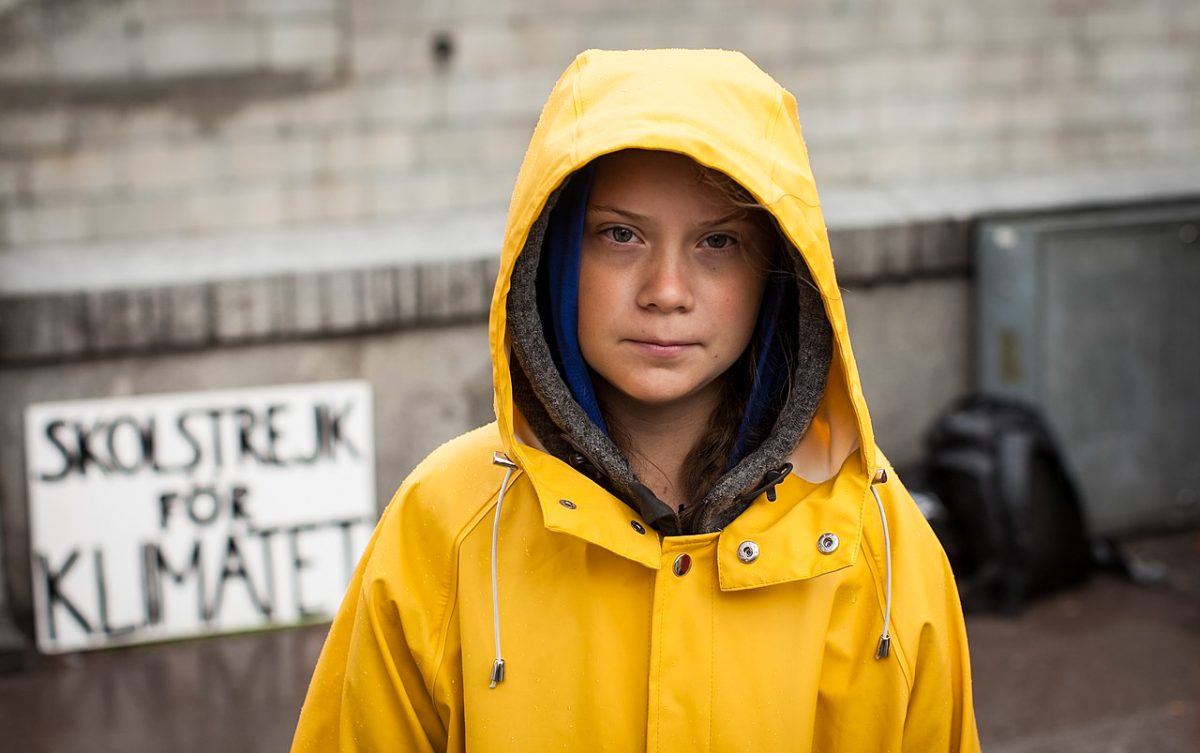From a lone 15-year-old with a cardboard sign protesting outside the Swedish Parliament last year to a featured speaker at Davos in January, Greta Thunberg has come a long way. Thunberg, now 16, is hardly the first climate activist, but she is the first to enjoy attention of this magnitude.
But what is it about Thunberg that made her a symbol of climate strikes and protests? A few essential qualities set her apart from her older, more experienced peers. Her speech at a UN climate conference in December 2018 went viral and marked the beginning of her popularity. Greta peppered her speech with harsh rebukes that castigated politicians for inaction on climate change. She pulled no punches when describing how capitalist greed was killing the planet and therein lies the secret of her appeal. Her ability to unflinchingly speak truth to power without regard for likeability is something rare in today’s age of populism.
A striking feature of Thunberg’s speeches is the blunt and chilling use of facts to portray the urgent need for action. In her TED talk, she says that we are in the middle of the sixth mass extinction event with over 200 species going extinct daily. She paints a stark picture using such factoids, sowing seeds of panic, which is, in her opinion, a far better motivator than hope.
Another reason for Thunberg’s allure is her commitment to ‘walk the talk’, to put it in her own words. She refused to board an aeroplane to get to New York for a school strike in front of the UN’s headquarters. She chose, instead, to set sail on a zero-emission yacht powered by underwater turbines and solar panels. She even took a 32-hour train to get to the World Economic Forum in Davos — an event that saw many corporate bigwigs arrive in fleets of private jets. Before embarking on her school strikes in 2018, Greta also convinced her parents to make lifestyle changes. Most significantly, they gave up air travel — something which greatly impacted her mother’s career as an opera singer on the world stage.
According to Thunberg, her devotion to reducing personal carbon emissions is partly due to being on the autism spectrum. Many people on the spectrum have a problem with cognitive dissonance — the gap between what people think or say and what they do. It is, therefore, not possible for her to ignore the crisis in a way those in power conveniently do.
In her pursuit to raise awareness for political action on climate change, the young activist has often been subject to right-wing attacks. These detractors say that one individual making such emission cutbacks will have no significant impact on the climate. They are right, I concede, but they miss the point of her activism. It is not so much about the act than it is about taking a stand; it is about the awareness and narrative that such an act engenders.
Despite ad hominem attacks, Greta has continued protesting, and to significant effect. Since her protests gained attention, climate crisis themed children’s books have doubled in publishing and sales in the UK. The number of Swedes taking the train too has increased thanks to her eschewal of air travel. This shift has led many to attribute this to the “Greta Thunberg” effect.
Activists like Thunberg, though small in number, play a very crucial role in society. When governments forget about their responsibility towards the future, we need to remind them that all it takes is one teenager armed with a wooden sign to foment change.
Greta Thunberg: Changing the face of student activism
September 18, 2019
Photo by Creative Commons
Greta Thunberg
0
Donate to The Battalion
Your donation will support the student journalists of Texas A&M University - College Station. Your contribution will allow us to purchase equipment and cover our annual website hosting costs.









